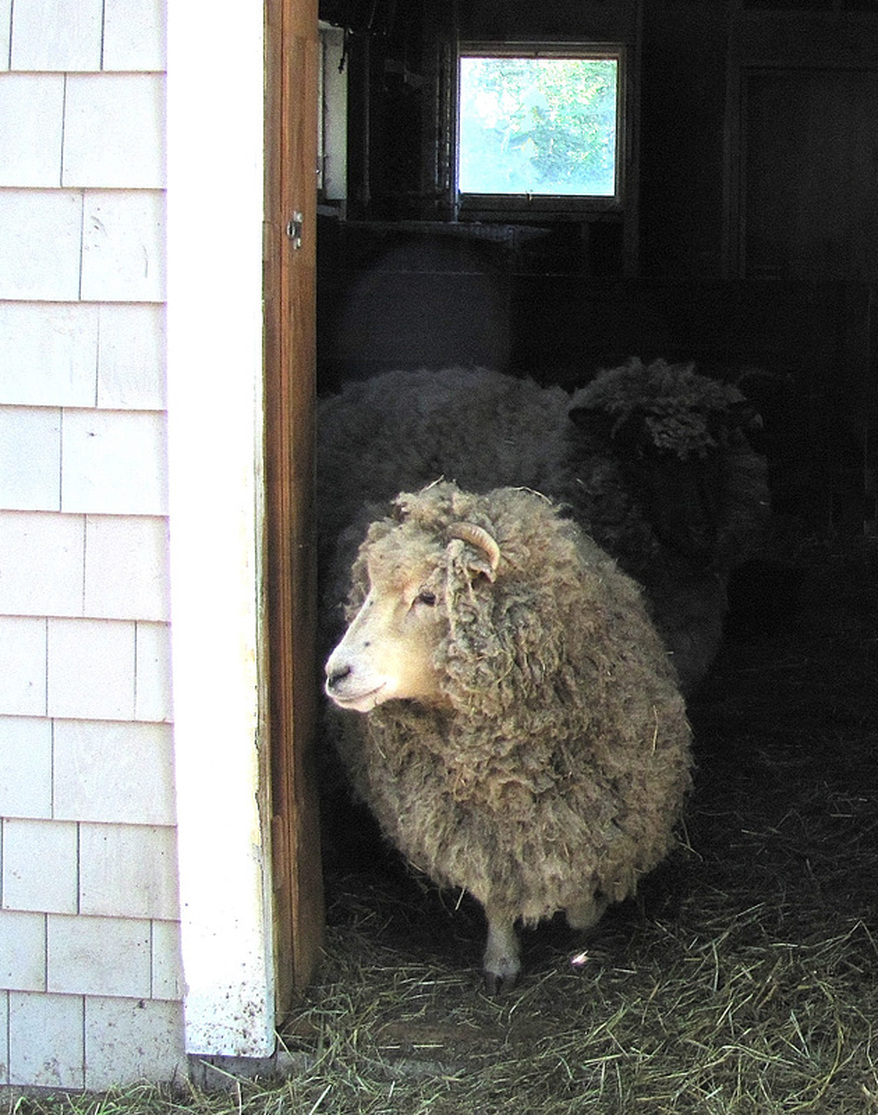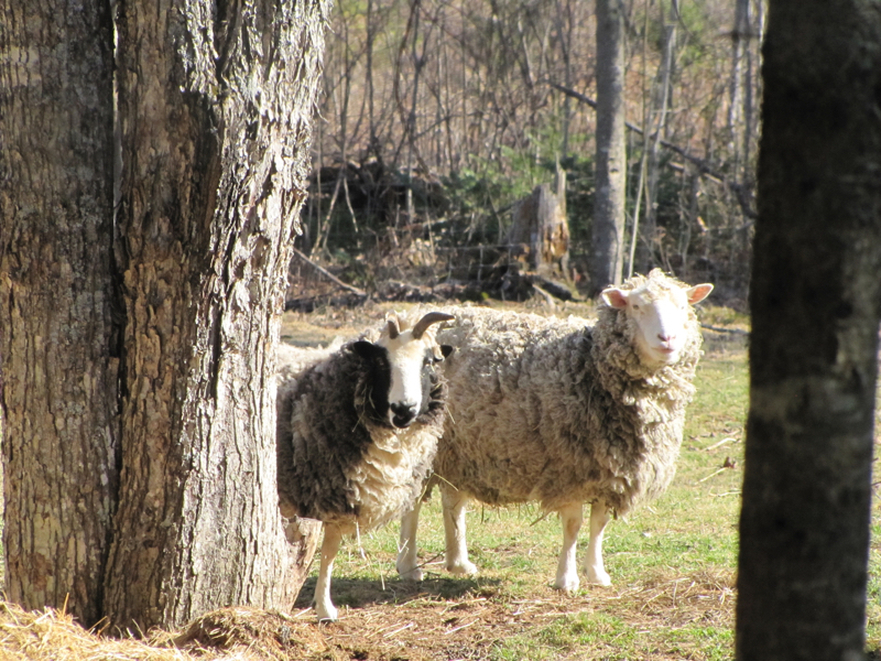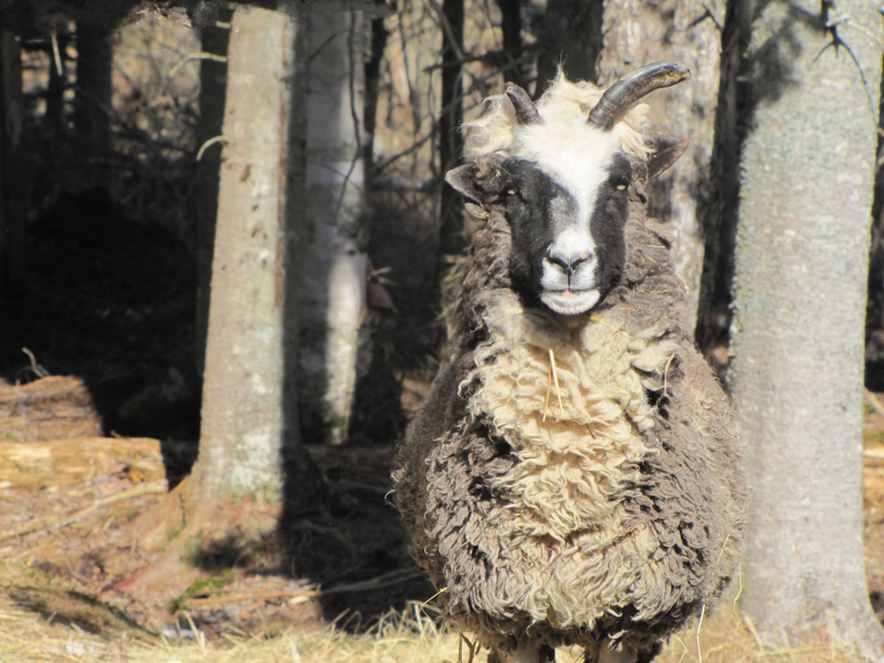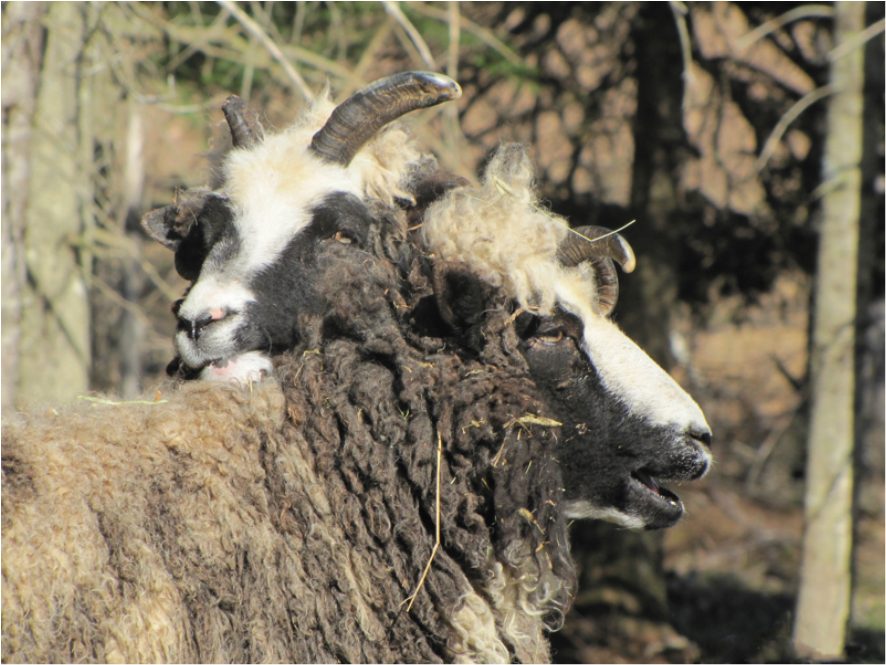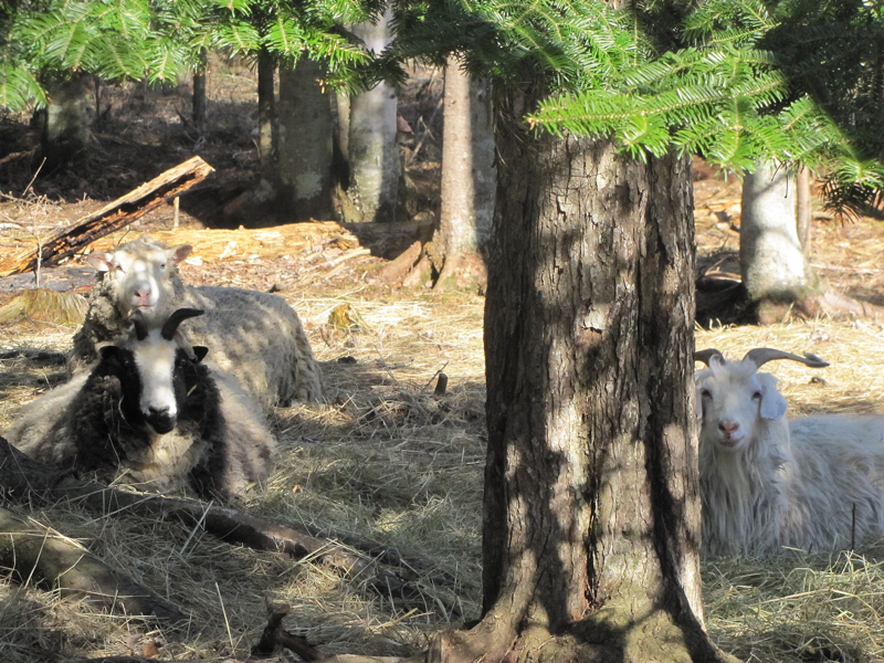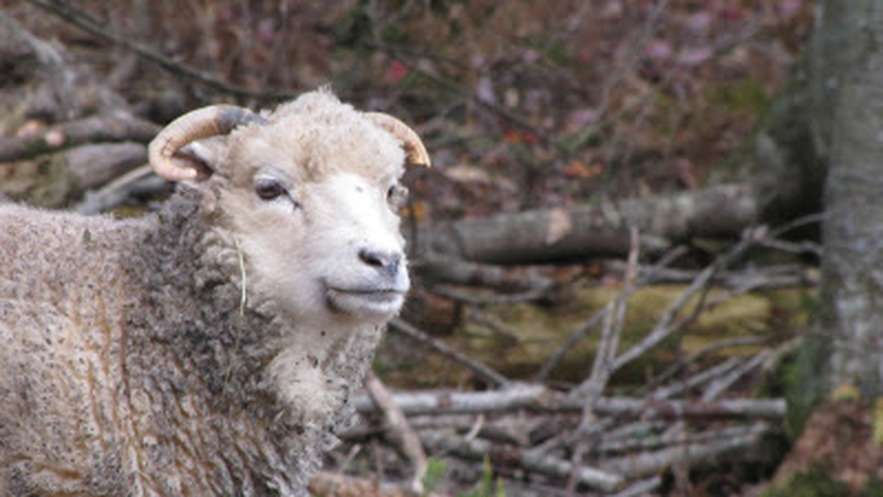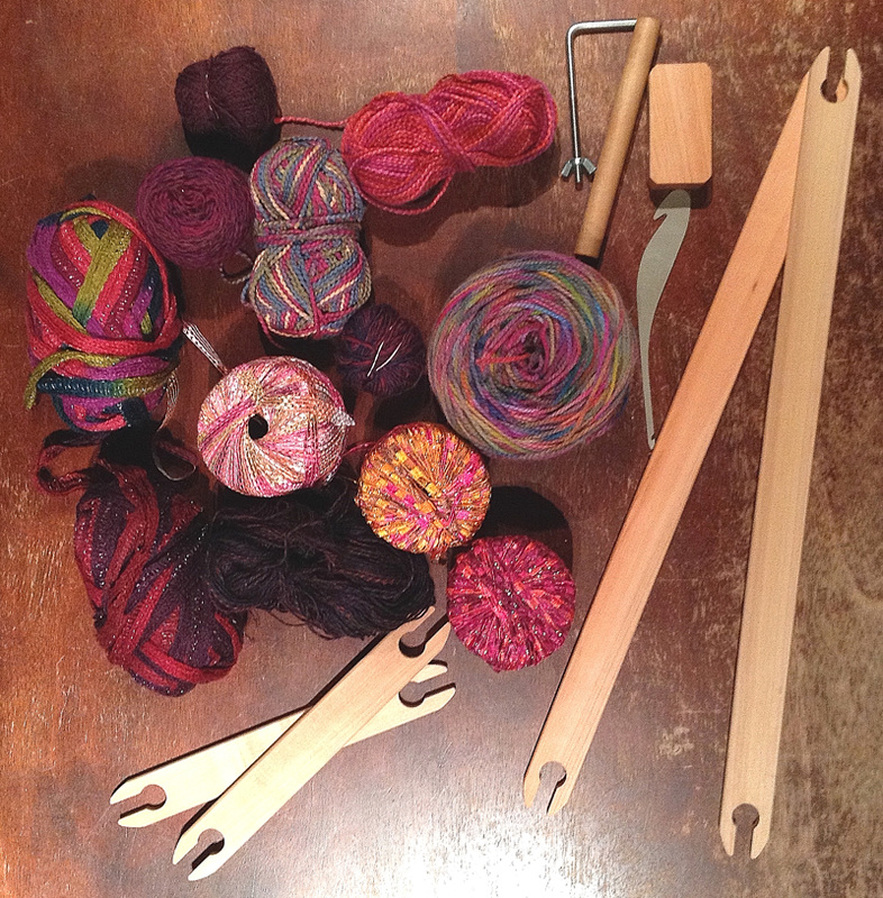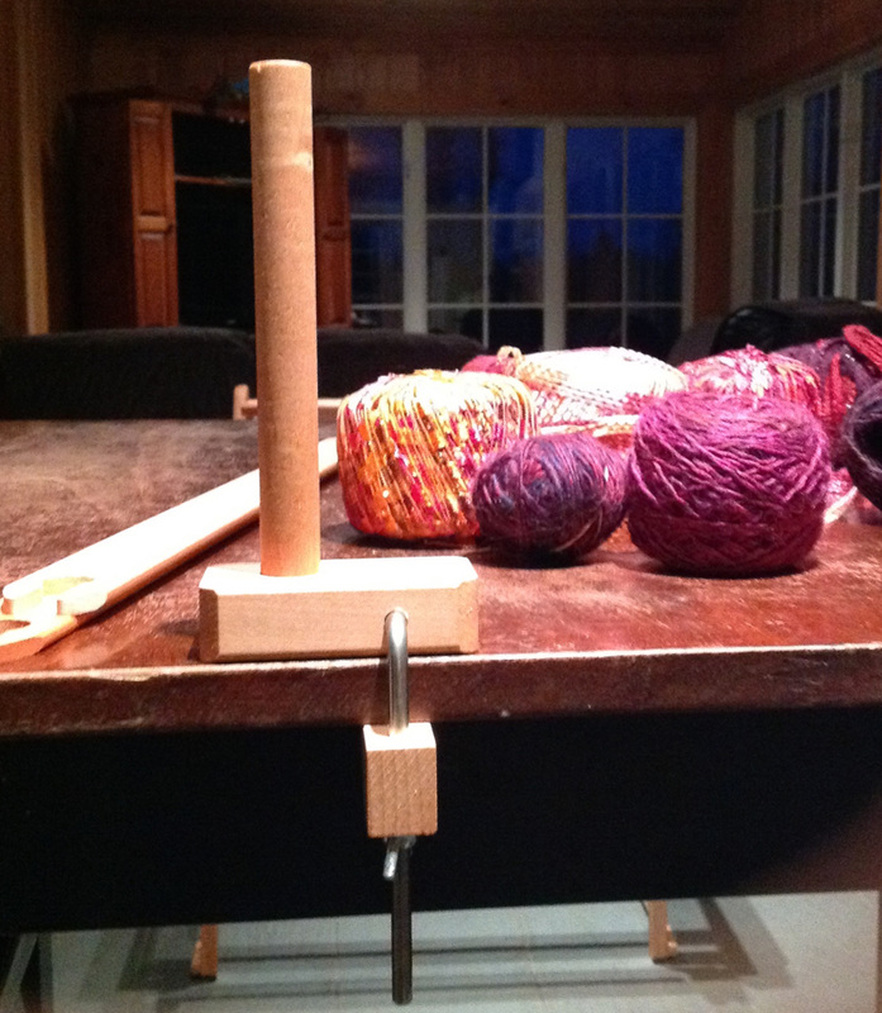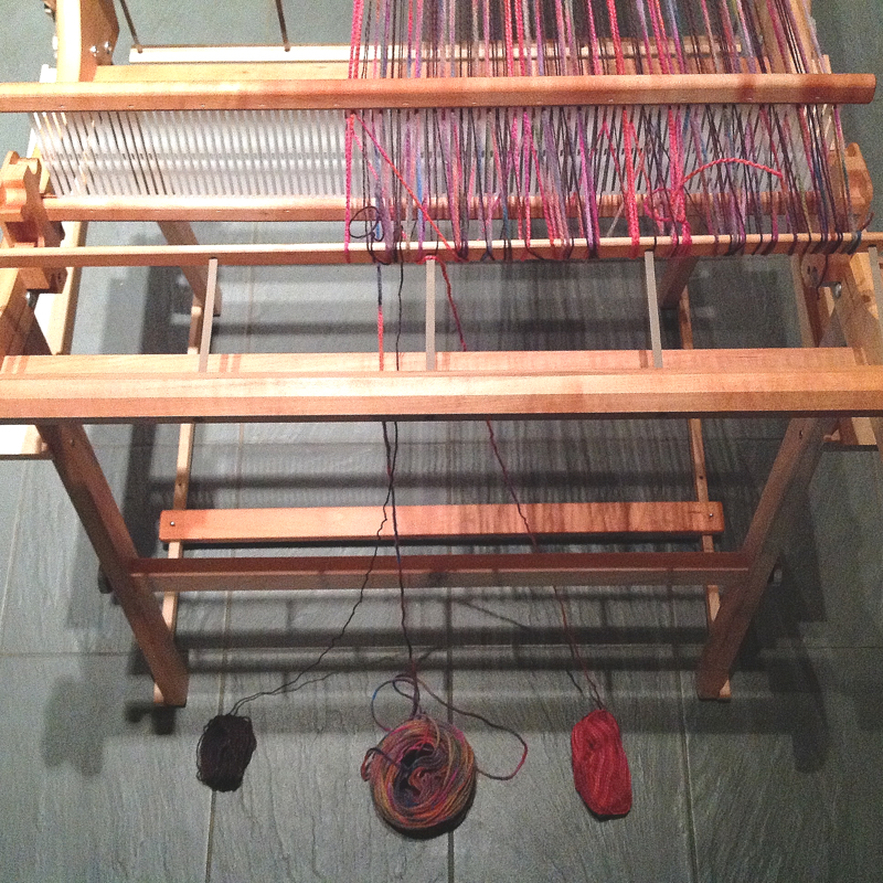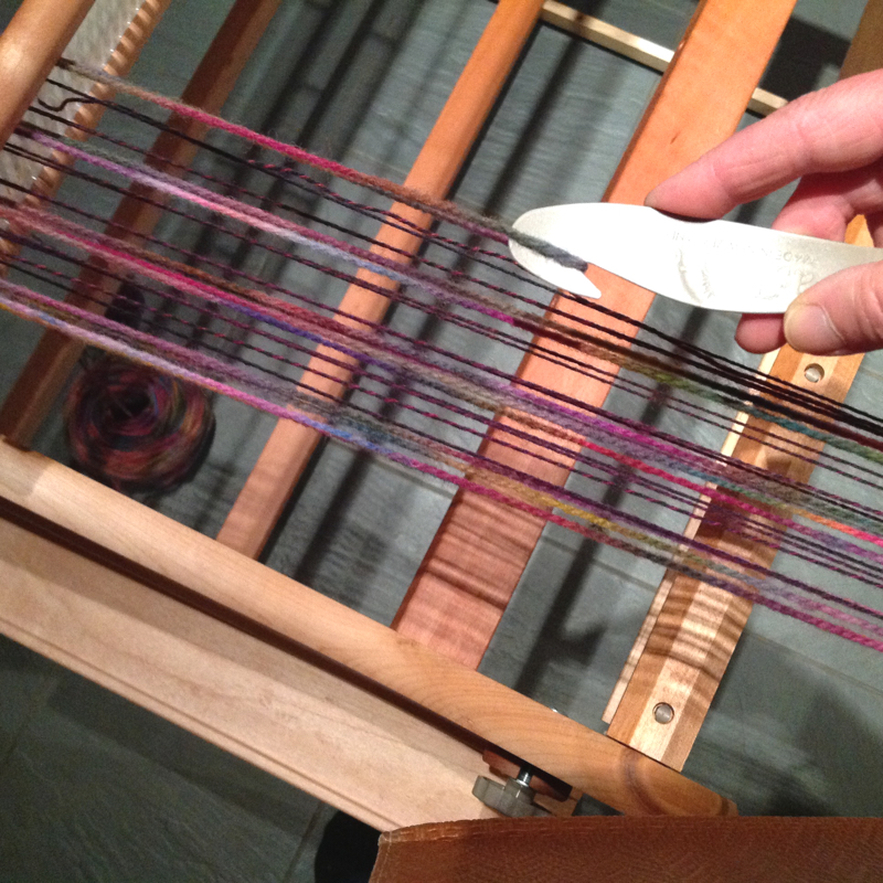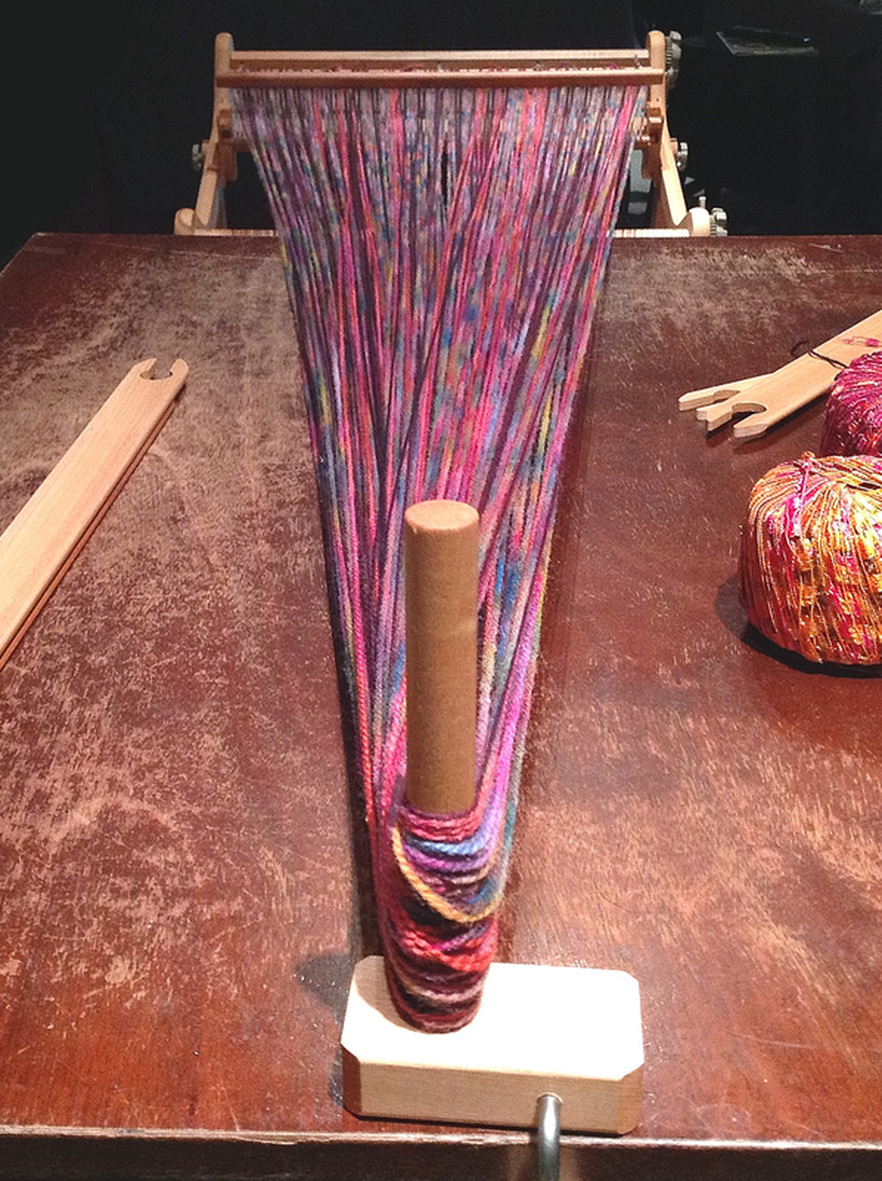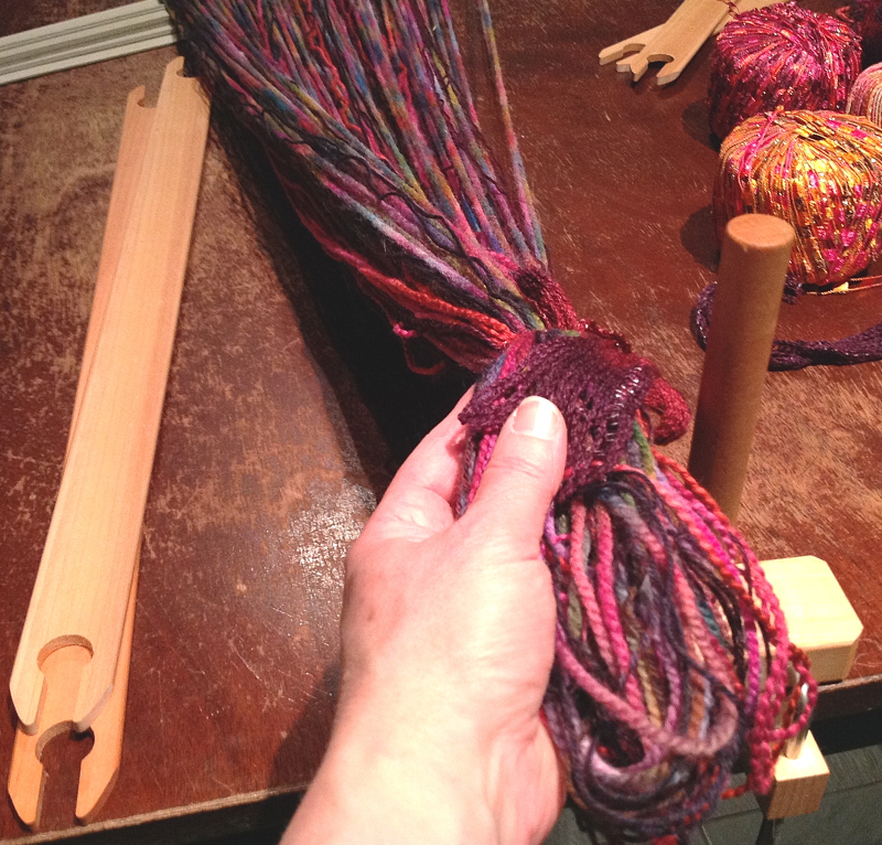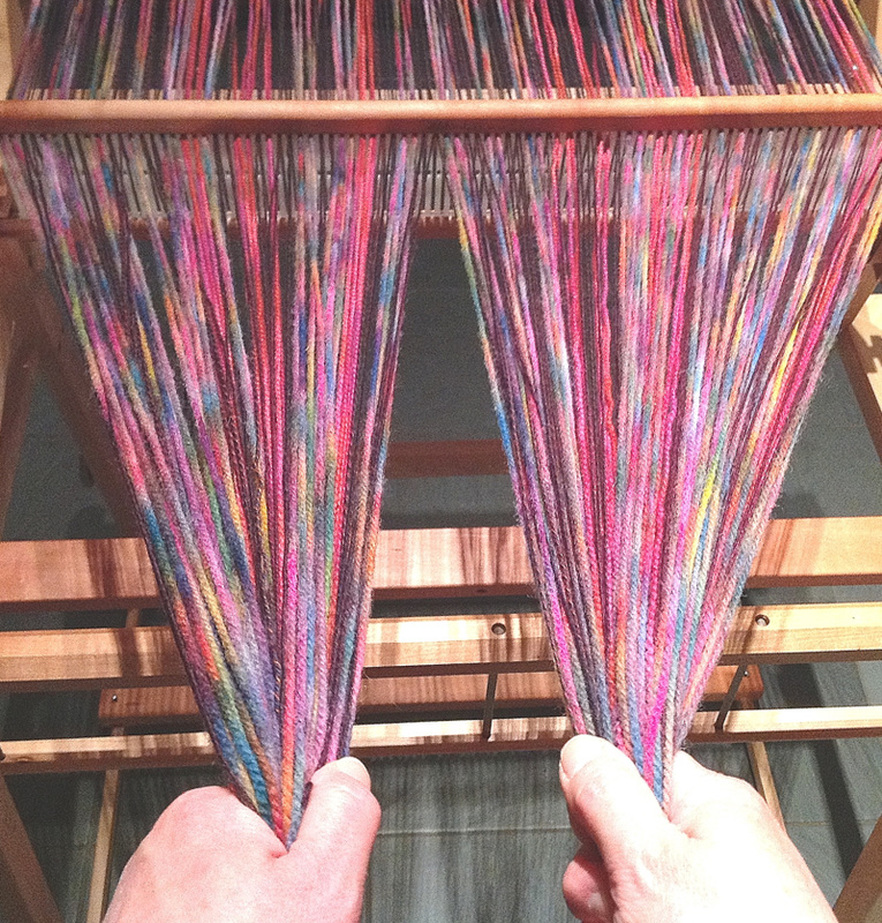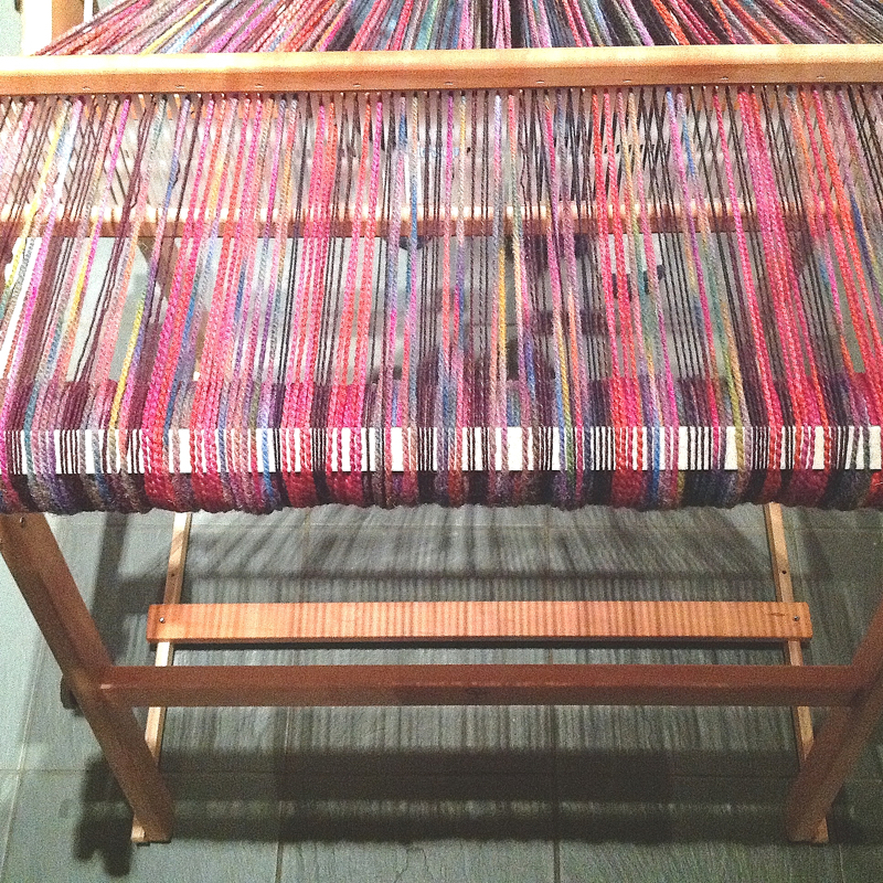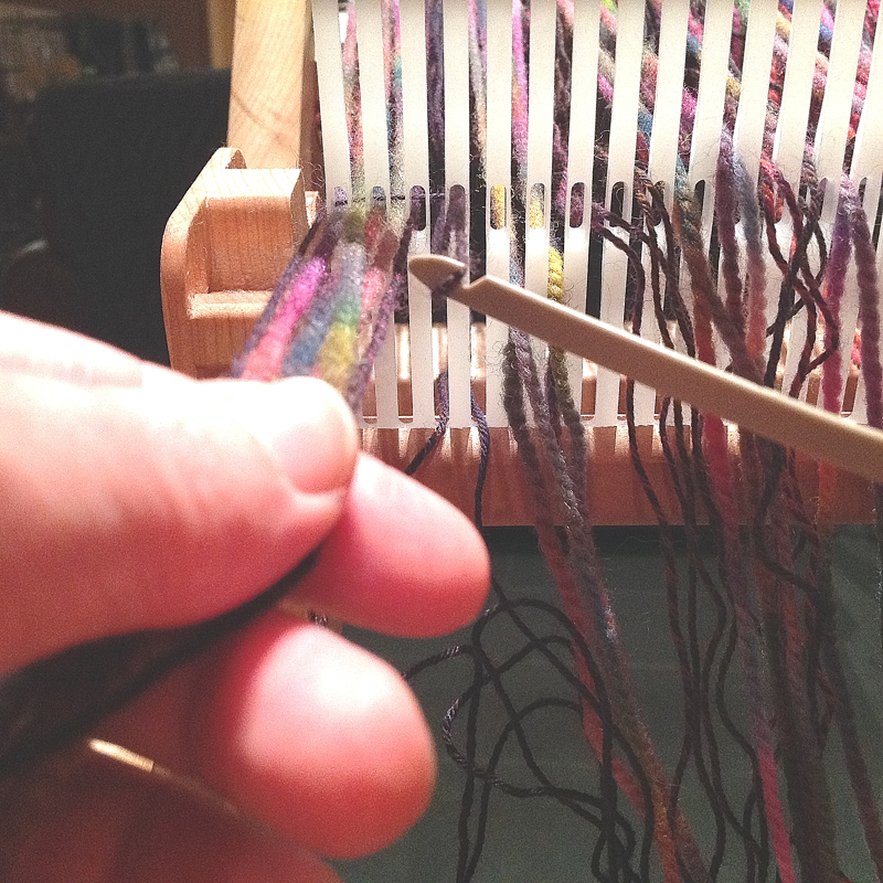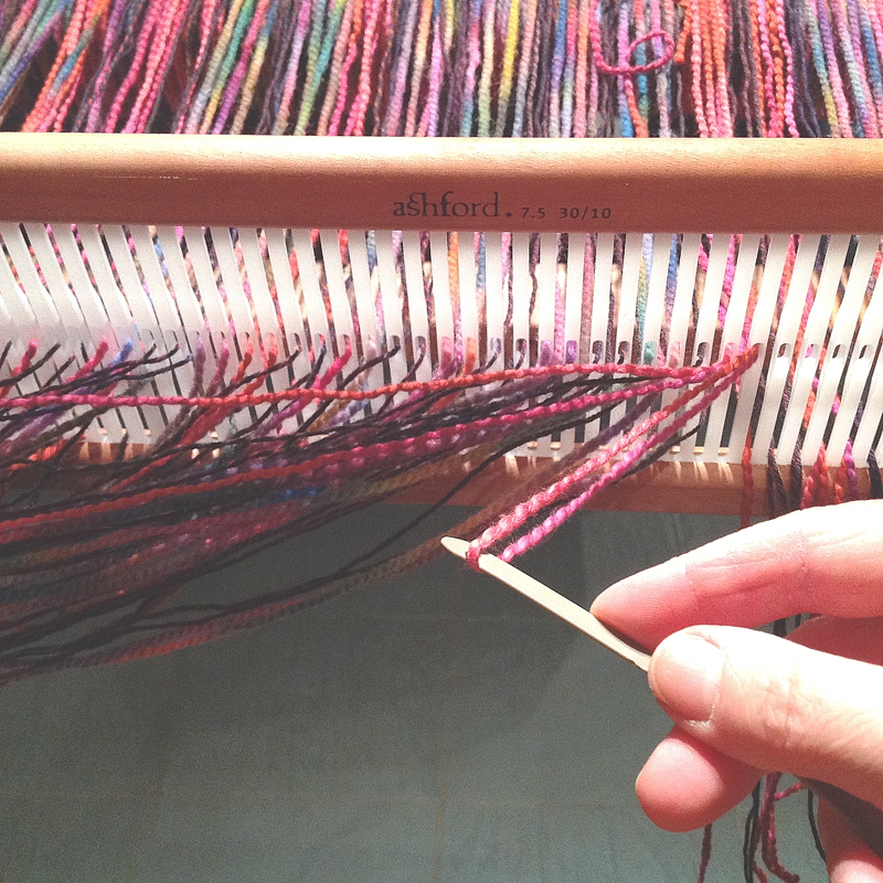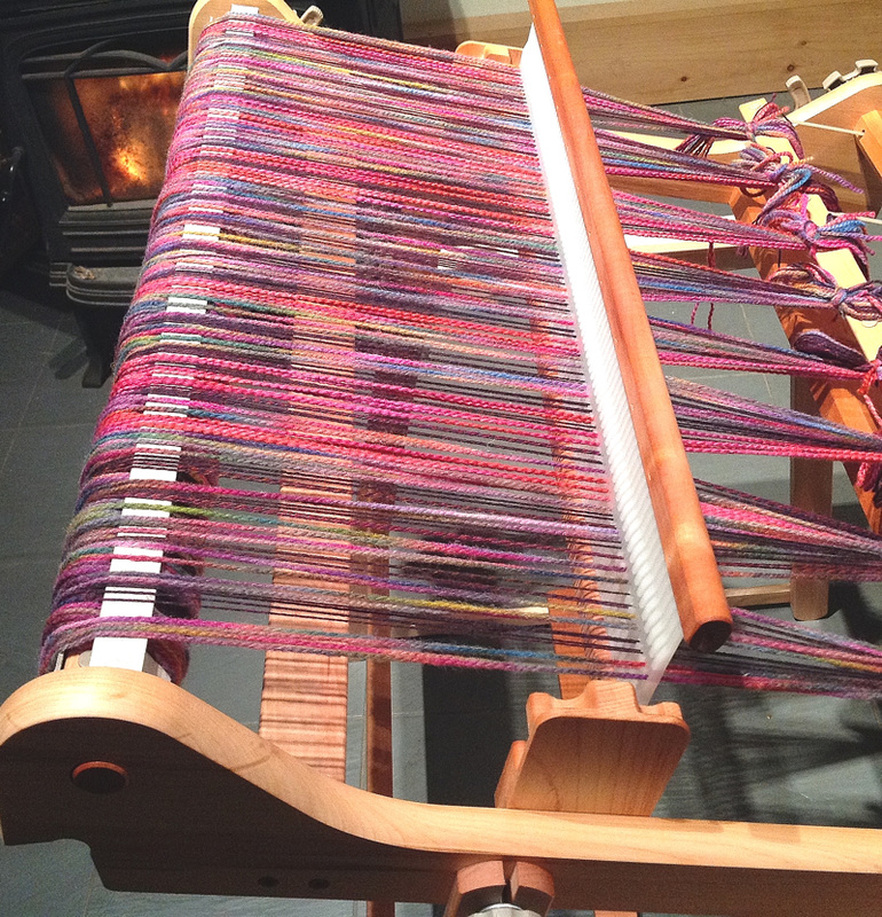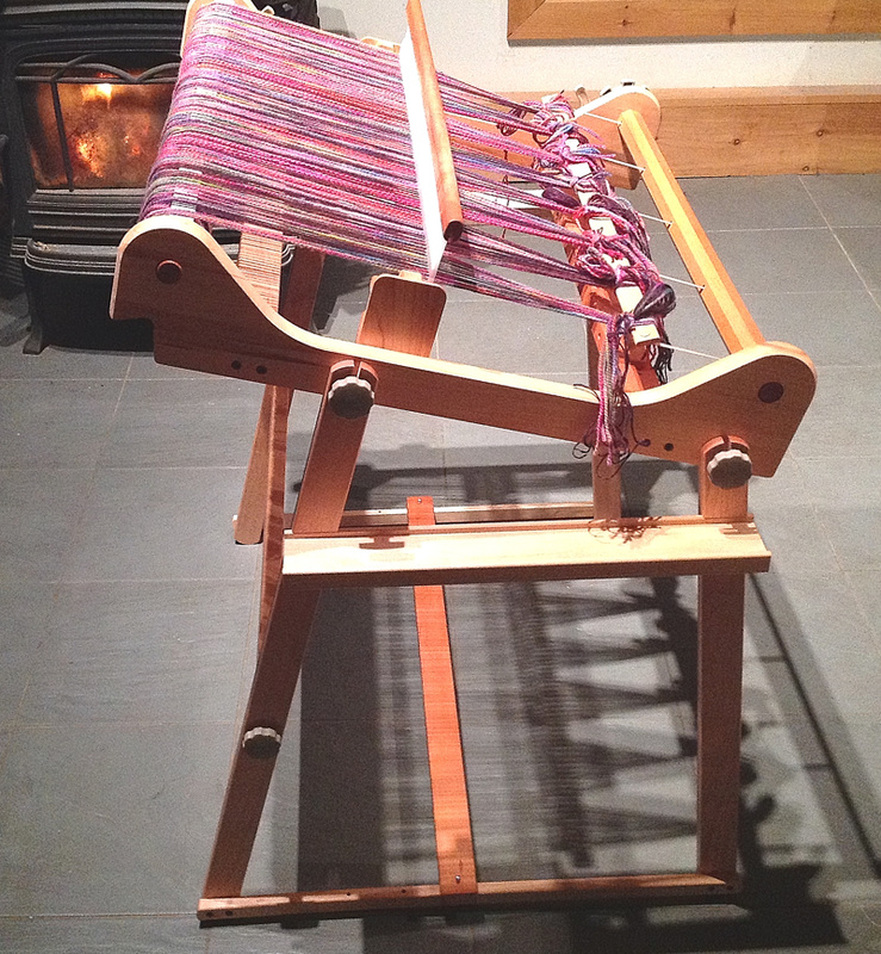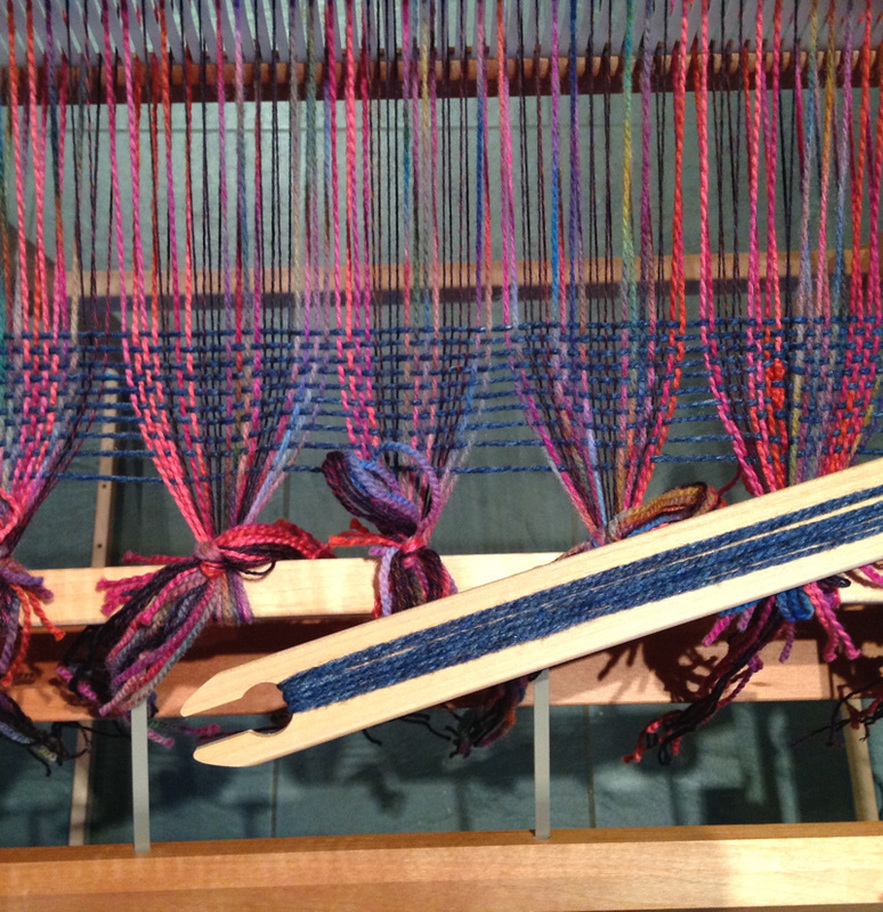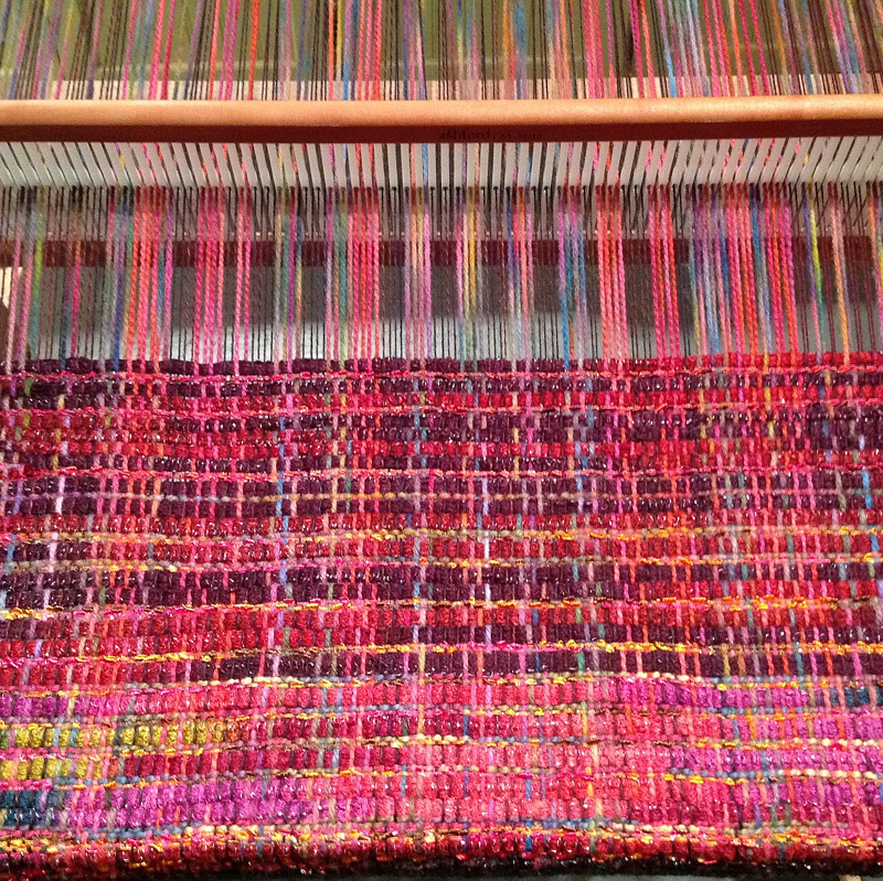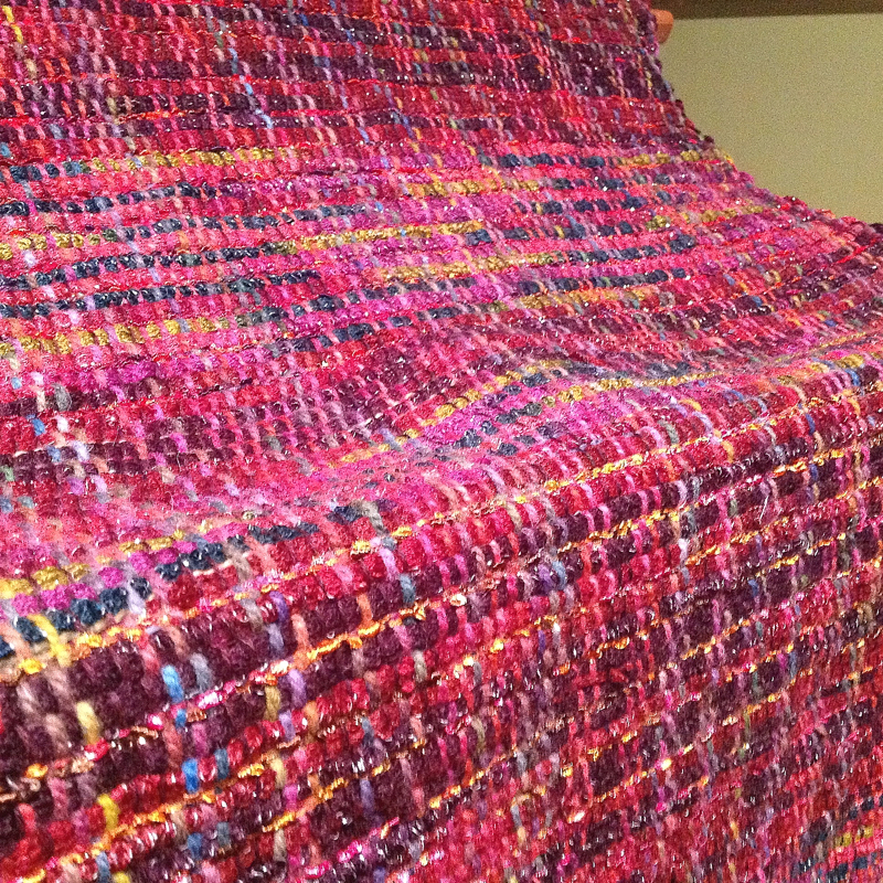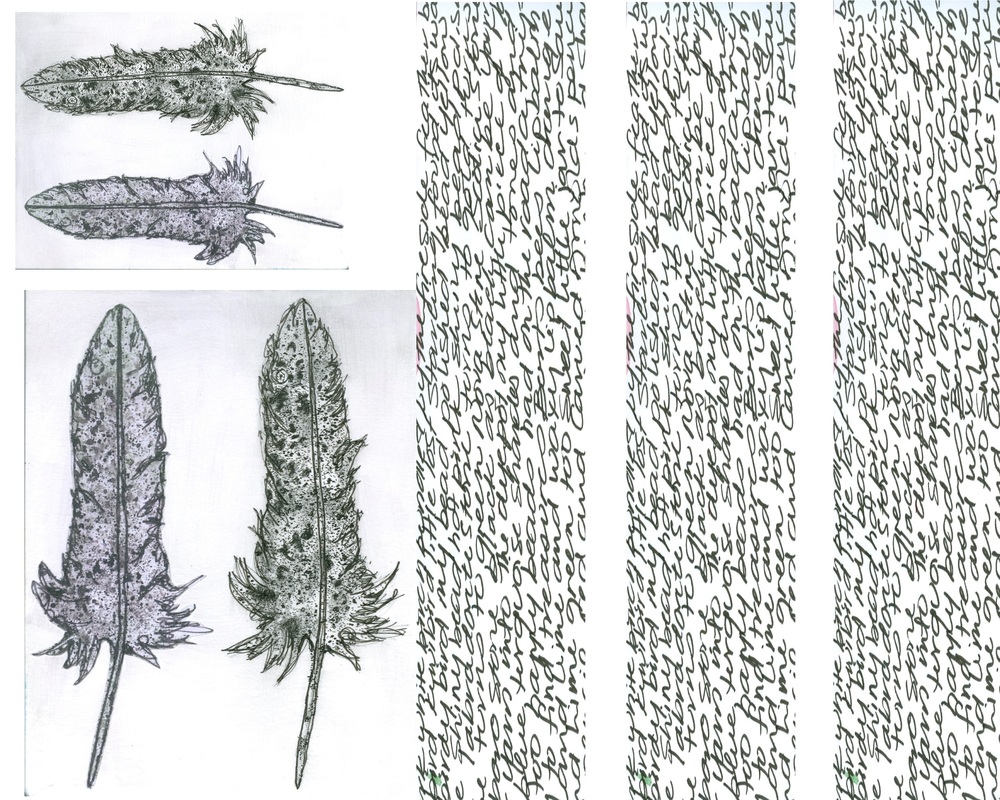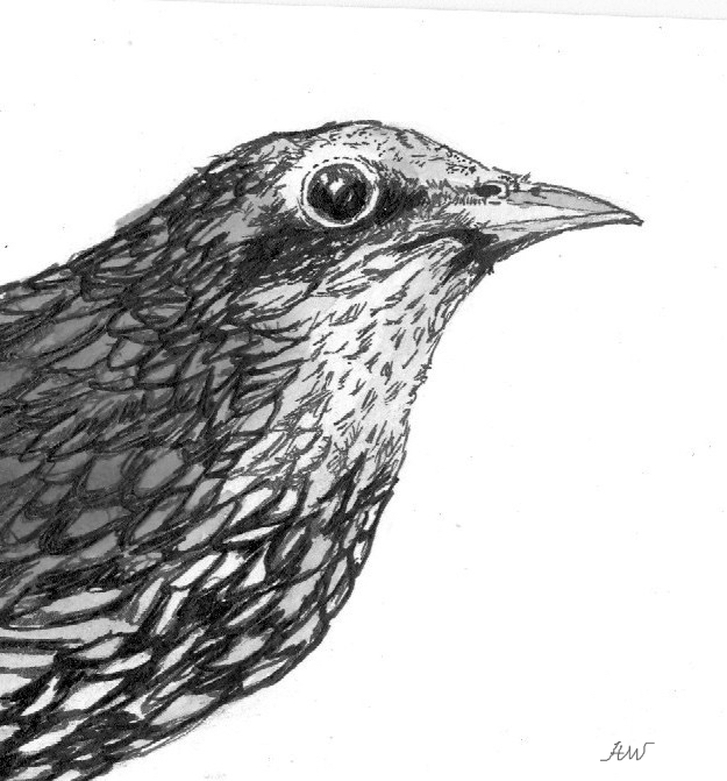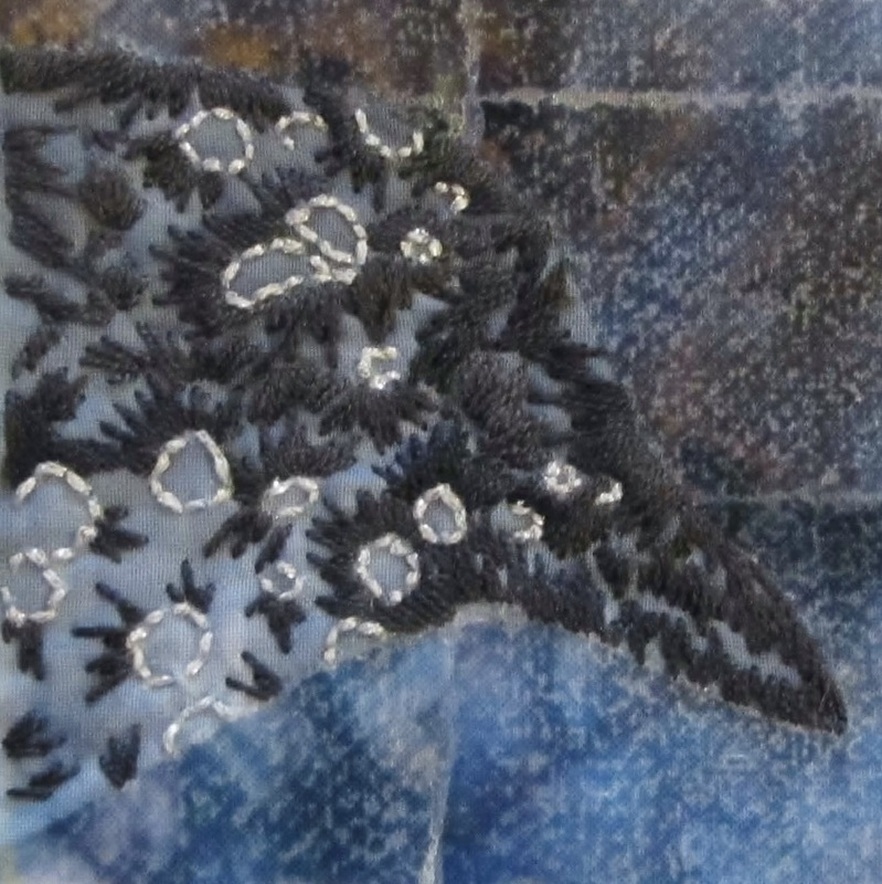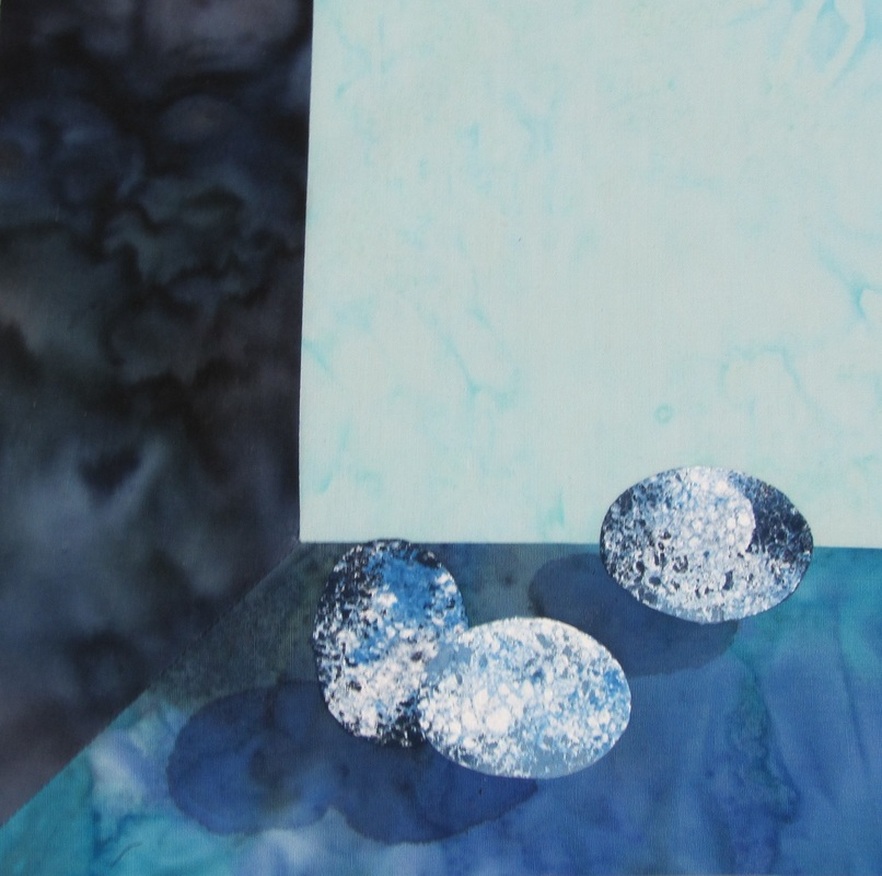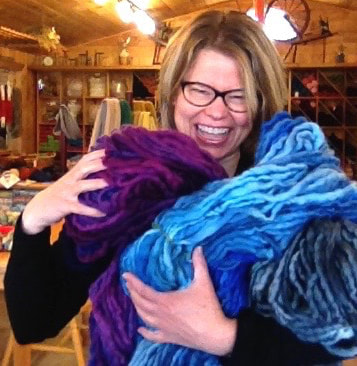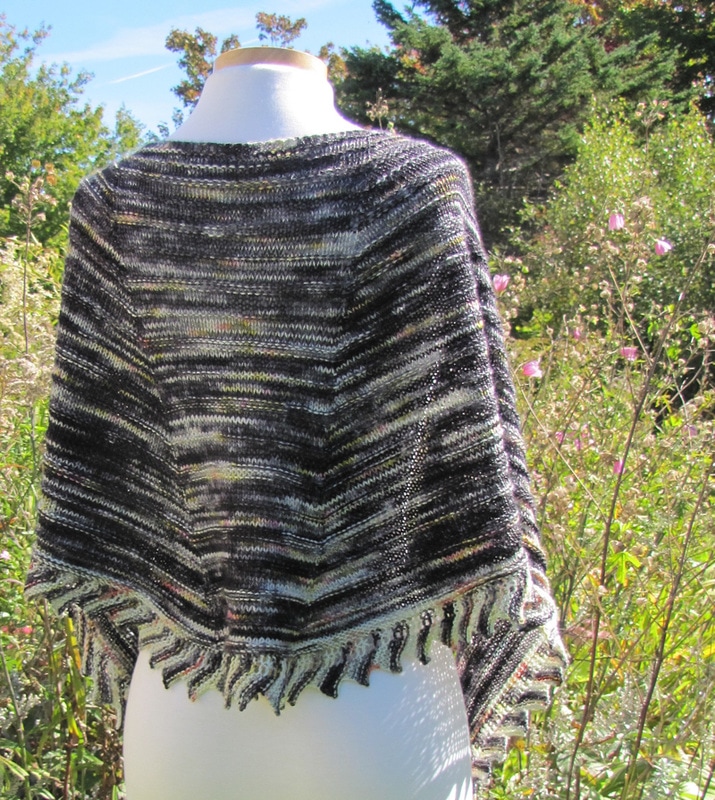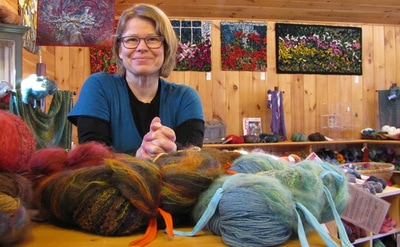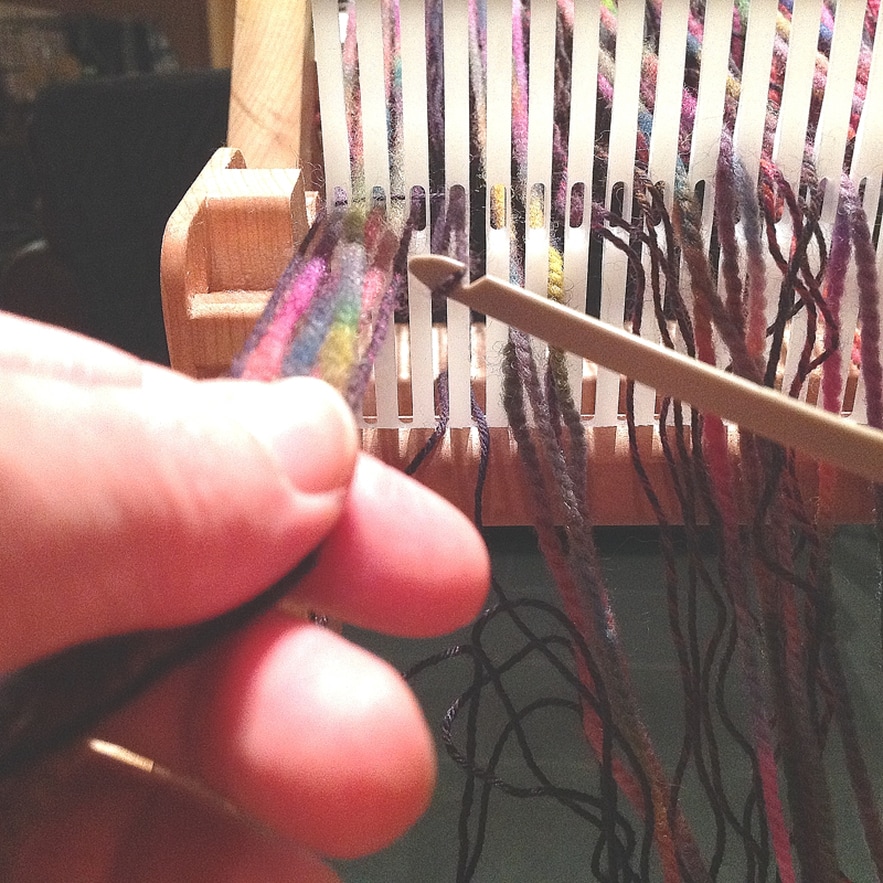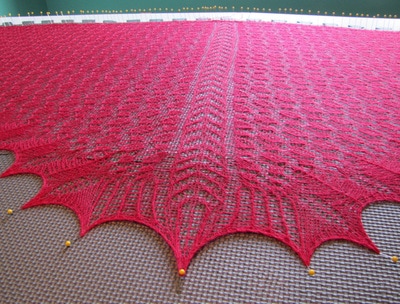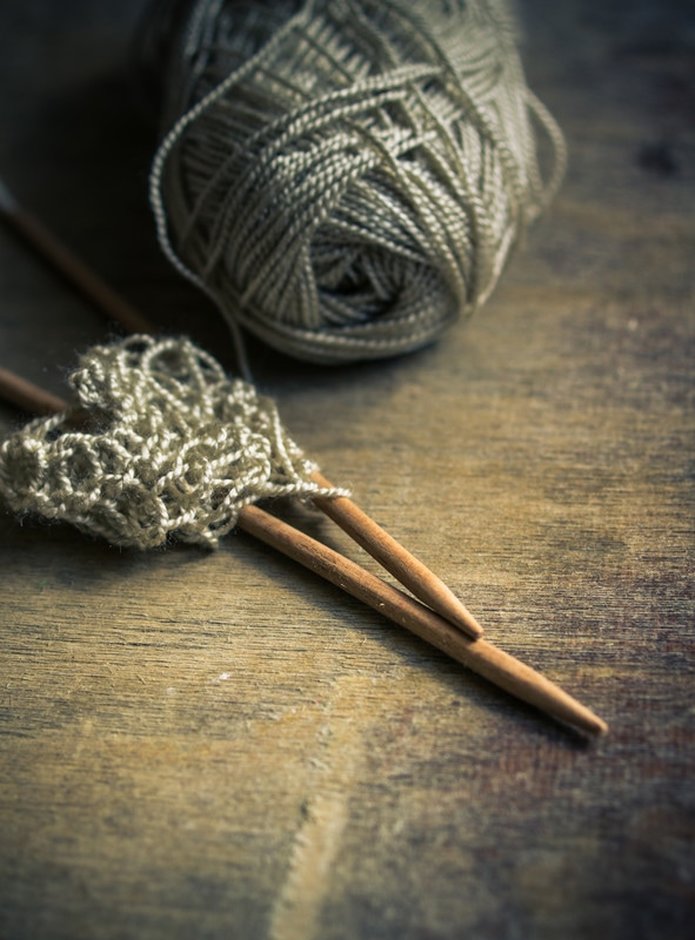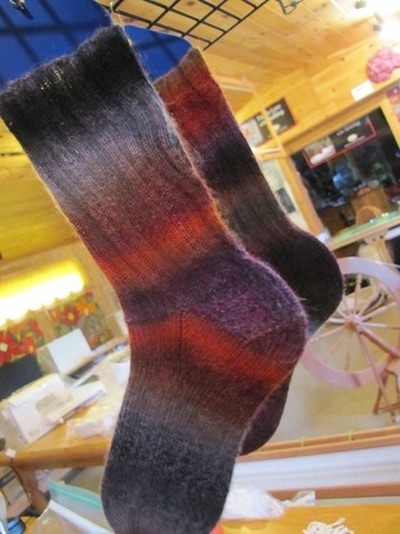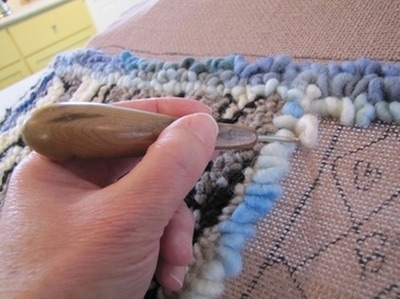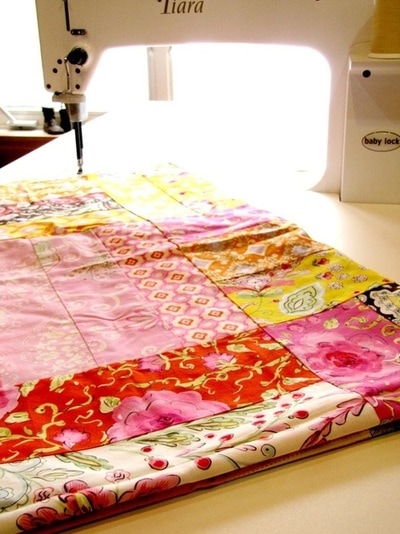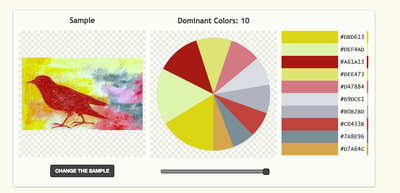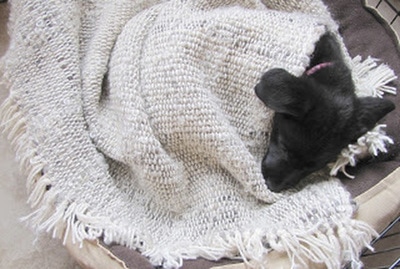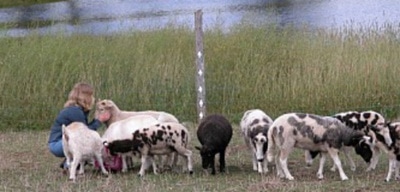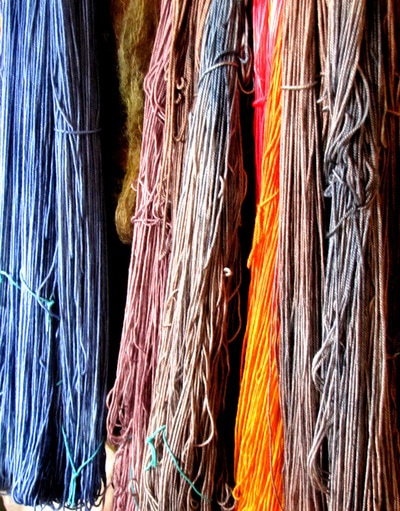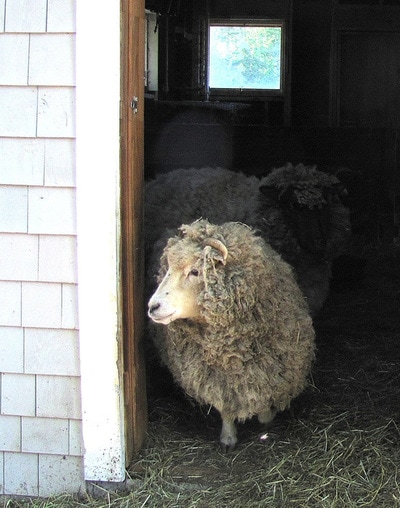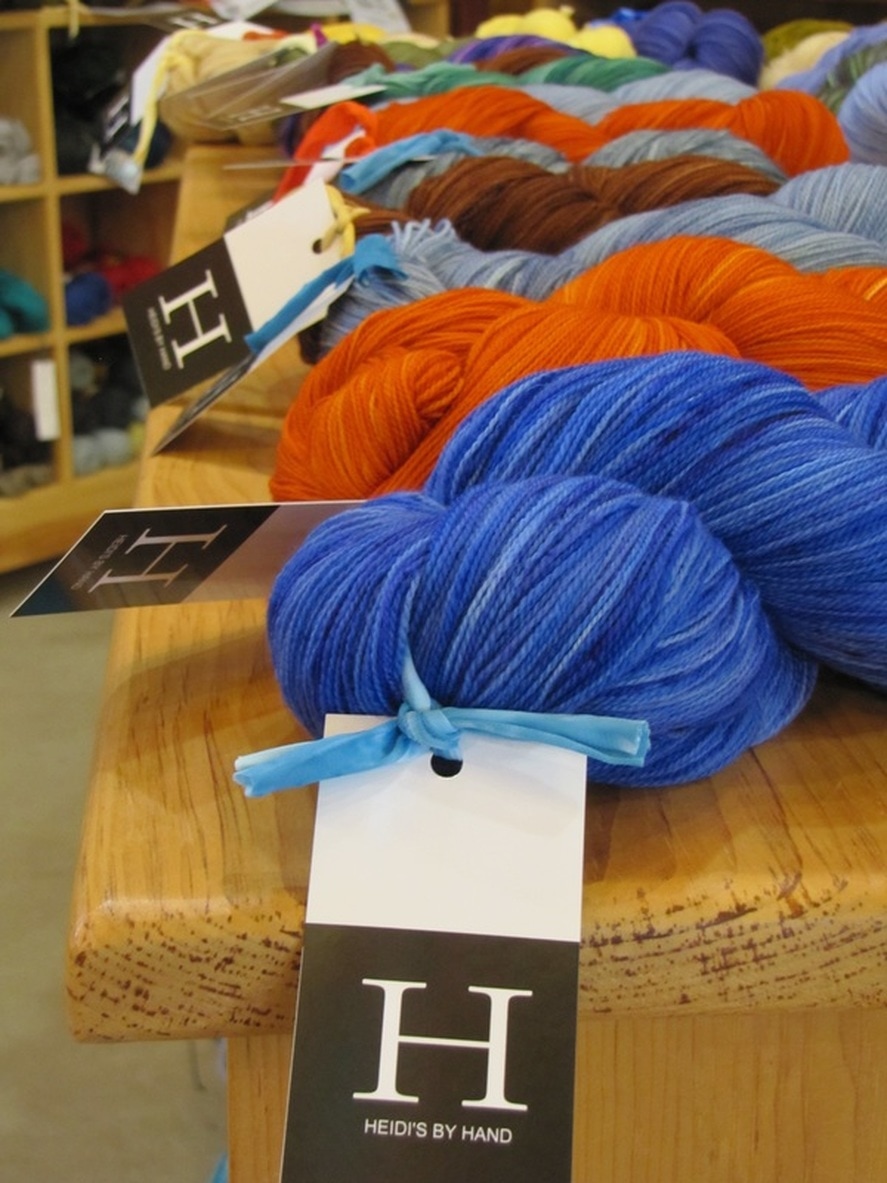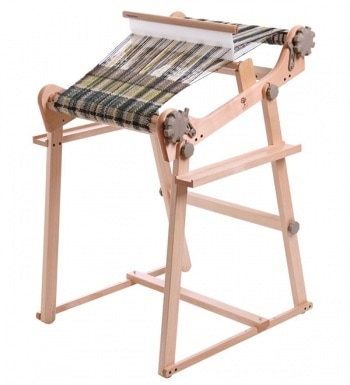|
For the past 20 years I've kept sheep but today I am sheepless. It's difficult to write about the end of my flock but the truth is, this is a happy story.
Wait, before I go any further, I still have Angora goats and a lone Angora rabbit. Thank goodness. Though I'm still feeling disoriented when I'm in the barn. That feeling of standing in a room and forgetting what you've come for. When I first started out with sheep I had several years of animal husbandry under my belt. I'd completed my degree in Animal Science. I'd been driving tractors, birthing calves, tossing hay bales. The whole bit. I'd worked in wildlife rehabilitation and with exotic animals as well. I'd proven to myself that I could farm but my real interest was in something a little bit different. I started a flock with the understanding that no animals would be sold nor destroyed as a product. Which leads me to this post after many years of keeping an ever-aging collection of sheep. So maybe what I've been doing all this time is not really farming at all. Call it what you will. There is something very special in knowing a group of animals over what has been, quite literally, a lifetime. Knowing them individually. Knowing their habits, their alliances and their discrepancies. I have watched the colour of their wool, the way that they move about, even the expressions on their faces change over the years. In the end I couldn't really have asked for better. I had wondered what to expect. Their decline was gradual, stoic and graceful. As arthritis set into their joints and when comfort and quality declined we intervened. Along with the amazing empathy and kindness of our provincial agricultural vets decisions were made that, however qualified, are never easy. But maybe the best way for me to say all that needs to be said is to add this note; something that I wrote five years ago, in October of 2011... My sheep are getting old. They are contented. They are trusting. They've never been threatened, cold, wet or hungry. They have never been sorted through and selected to be sold or to be marketed. They have never been separated from one another or from their young. They have come and, for years, they have stayed. A comfortable little group. Not conventional, I know, but it fits me and I think it fits them as well.
11 Comments
Confession. I am a weekend weaver. For me weaving needs to be a leisurely exercise that is relatively simple and a whole lot of fun. Enter the Ashford Rigid heddle loom. While powerful pieces of equipment Ashford's rigid heddle looms are straightforward, compact and lovely to look at. Add a large selection of RHL models ranging from 10-48", (including those which will fold into a great- looking padded carry bag), 6 wide eye reed sizes as well as an incredible vari-dent reed, and the (weaving) world is your oyster ! Here's a look at just how manageable weaving really can be ... If you're interested in an Ashford rigid heddle loom of your own check out our online shop. I'm happy to help if you have any questions. Weaving is a fantastic way to play with novelty and leftover yarns. I've picked out some happy colours, a variety of textures, gathered my stick shuttles and a warping clamp. Ready to go! The warping peg is set up across from my loom. I've separated the two (loom and peg) by the length of cloth that I want to make plus some extra to accommodate yarn along this length being stretched, tied and so on. My Warp yarns are tied to a warp stick on the back beam of the loom . In this method of direct warping yarns are attached to the back beam, pulled through reed slots, carried across the room and looped over that warping peg that I've clamped onto a table. And here we are with the full width of the loom being warped. Now all of those warp threads can be bundled up and lifted off of the warping peg. The loops can be cut at this point. Note: it's easier to cut these warp loops before taking them off the warping peg! Having a helper makes this next step much easier, though one person can get the job done. Standing in front of the loom, hold the warp under tension. A heavy pile of books can do this for you if need be! From the back of the loom, the back beam (or roller) is rotated to wind on the tensioned warp threads. Paper, cardboard or plastic "spacers" (the white slat seen here) are wound along with the warp to keep layers of warp threads separate as they wrap around the back beam. Because I carried a LOOP of yarn through each reed slot and over to the warping peg, I now have two strands of yarn in each slot. Here, they are separated so that one strand remains in each slot and one strand is passed through each of the smaller "eye' openings on the reed. I've continued to thread a slot and an eye, a slot and an eye ... along the length of the reed and I'm almost finished warping! Each warp strand is tied to the loom's front beam and now I'm ready to weave! I'm working on a 24" Ashford rigid heddle loom with stand. This is a fantastic size for weaving lengths of cloth to sew, scarves, shawls or double width throws. I love the convenience the this compact little loom affords. The first of my weaving involves lessening the gaps between those warp threads. I've done this by loading up a flat stick shuttle with a "waste yarn" and passing it back and forth so that the warp is spread. By lifting the looms reed up and pushing the reed down "sheds" or spaces are created through which the shuttle passes back and forth. Each pass lays down another strand of horizontal or warp thread, building the cloth one step at a time. It's this rhythmic, back and forth motion that's more satisfying to me than the cloth itself. Though I do love cloth! And there you have it. A small snippet from my weekend weaving chronicles. Perhaps weaving is something that you'd like to try? I hope that you've discovered just how doable it can be!
Do you ever feel like creating something fantastic is the one thing that you want to do more than absolutely anything else? I often feel this way. Wanting to be creative is never an issue for me. And when it gets right down to it, actually making things is not the hard part either.
The clincher lies in actually allowing myself to do it. How do you make art when life's responsibilities and expectations are calling at a not-so-dull roar? The business of making things can quickly become the business of managing things. It can take time to balance the two but now, after seventeen years, I find myself committing more than ever, to being a maker of things. Though it's not simple to ignore all that conspires to divert your creative attention, my first plan of action is to make some (possibly tough) decisions as to what is really worthy of my energy. There's plenty of necessities on life's to-do list without the need for irrelevant or overstated extras. My plan is simple and effective. Get started. Repeat. Get started at realizing those images that are in your mind and in your heart. Get started at drawing, painting, stitching, writing, what is authentically you. Get started at something that is simple and fulfilling. Be productive at working slowly. Be intentional. Get started. |
WELCOME
Everyday I try to find a little something that makes life interesting. A good book, a wagging dog, a cool breeze, tea with a friend. Here are my field notes about making, discovering, and enjoying a simple, slow, handmade life. Thanks so much for visiting. I appreciate your spending time with me. xo Heidi 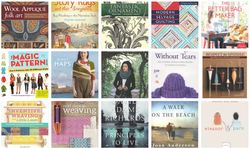
STITCHER, MAKER, DREAMER, BOOK REVIEWS summer 2016 Archives
July 2020
|

